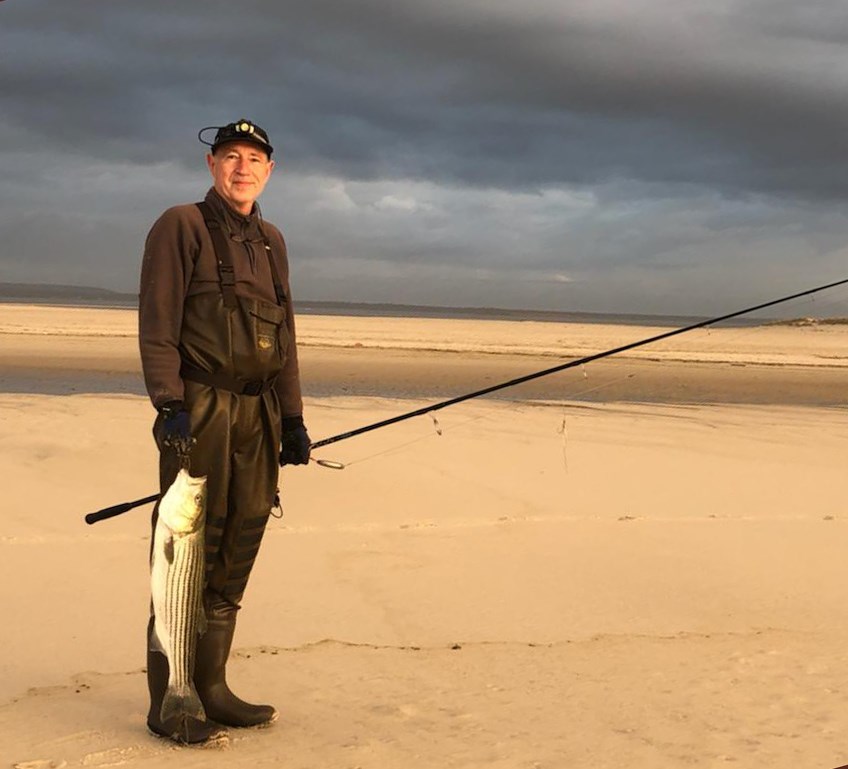
NPS/Ryley Fishing Fun for EveryoneThough some of the best fishing is during spring and fall, fisher folk over the age of 16 can enjoy casting a line anytime on Fire Island with a free, New York State recreational marine fishing registry. (New York State recreational saltwater fishing seasons, size and possession limits apply. Commercial fishing is not allowed within the boundaries of Fire Island National Seashore.) Where can I fish?Striped bass, bluefish, and fluke are the most sought after species and there are plenty of places to fish. Fishing is allowed on private vessels; ocean beaches outside of designated lifeguarded areas; on the bay shoreline; and authorized docks and piers outside of NPS marinas, including Patchogue Headquarters, Patchogue Ferry Terminal, and Talisman Dock. However, fishing is not permitted on the Lighthouse Pier or on a vessel within 300 feet of the pier. Know Before You GoThe following are prohibited:
Except as otherwise designated, fishing with a net, spear, or weapon in the salt waters of park areas shall be in accordance with State law. The following regulations apply only within Fire Island National Seashore
Fish Consumption AdvisoriesThe Environmental Protection Agency, states, territories, and tribes provide advice on fish and shellfish caught in the waters in their jurisdiction to help people make informed decisions about eating fish. Advisories are recommendations to limit your consumption of, or avoid eating entirely, certain species of fish or shellfish from specific bodies of water due to chemical or biological contamination. Fish is part of a healthy balanced diet, but eating wild fish and shellfish caught in park waters is not risk free. Parks are “islands”, but the much larger “ocean” that surrounds them affects the natural resources inside a park. Other aquatic toxins are the result of natural biological processes. Also, chemical contaminants that originate outside of park boundaries can come into parks. Mercury is an example of a toxin originating outside a park that can find its way into a park. Mercury exists naturally in some rocks, including coal. When power plants burn coal, mercury can travel in the air long distances before falling to the ground, usually in low concentrations. Once on the ground, microorganisms can change this elemental mercury to methyl mercury. This type of mercury can build up in animal tissues, and it can increase in concentration to harmful levels. This high concentration can occur in large predatory fish - those often pursued and eaten by anglers. Studies have shown that fish in some National Park System waters have mercury levels that may be a concern to people who regularly eat a lot of fish. To learn more about fish consumption advisories in New York visit the New York State Department of Health website. To learn more about this topic, the National Park Service maintains information about Fish Consumption Advisories and Mercury and Toxins in Nature.
|
Last updated: April 13, 2021
